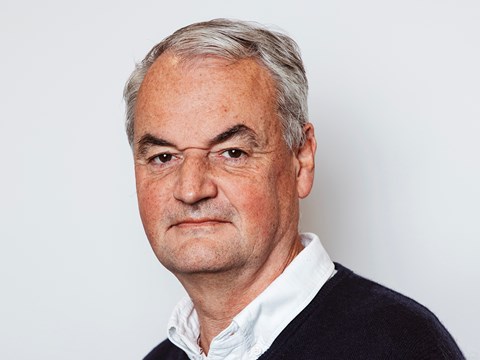Increase in fintech and food brands boosts H1 new business
23 Jul 2019
As we enter the summer months and what has historically been the “quiet quarter” of the new business market, we thought it would be useful to see how 2019 is progressing to date.
Looking back on the first half of the year, we can make three specific observations:
- The first quarter was extremely busy, with a number of pitches and appointments being announced, dispelling any major concerns that the new business market would go into decline due to economic and political uncertainty. This early momentum began to dissipate in the second quarter. This was not necessarily because of inertia but for practical reasons, with so many bank holidays clustered together. Pitches need momentum and dedicated time, and our belief is that clients were putting off the decision to review until they could see a clear path within their diaries.
- There was an increase in the number of new brands launching, often with first-time marketing support. These were mainly in the fintech or food spaces. While the vast majority of these had relatively small budgets, they did bring volume back into the new business market. Looking ahead, we can see no reason why this trend will not continue through the remainder of 2019 and beyond.
- As in 2018, agencies are becoming increasingly smart about the number of pitches they take on at any one time. Even the largest agencies are struggling to put in their best performances on more than one competitive pitch simultaneously, and are consequently ruling themselves out early on or, occasionally, halfway through a review.
The facts
Figures from our latest New Business Pulse reveal that the total number of appointments made in the first half of 2019 showed an overall decline of 12.2% compared to the same period in 2018. It should be noted that the figures only cover appointments and, with a number of pitches in the market yet to be resolved, the true picture will only become clear as 2019 progresses.
There were also differences in the comparative buoyancy of the specific communications disciplines, and in H1 2019 (versus H1 2018) the changes in the volume of appointments were as follows:
| Discipline | % difference
H1 2019 vs H1 2018 |
| Total | (12.2) |
| Advertising | 7.8 |
| CRM/Direct Marketing | 18.0 |
| Digital | (34.7) |
| Integrated | (44.4) |
| Media | (12.3) |
Source: AARnewbizmoves
The number of advertising appointments reported increased by 7.8% compared with H1 of 2018. This volume increase was, however, not directly mirrored in value terms, with four brands with media budgets in excess of £20m making appointments (Barclays, GoCompare, Virgin Media and William Hill), compared with five in the first half of 2018 (Asda, Camelot, Coral, Harveys and MoneySuperMarket). Encouragingly there was a definite increase in the number of medium-sized brands appointing, with Auto Trader, National Citizen Service, Iceland, Subway and Tesco Mobile all choosing new agency partners.
As can be seen from the table, the volume of CRM appointments increased by 18% compared with the first half of 2018. This trend was also reflected in the quality of the opportunities for agencies, with major brands including Comparethemarket, Lloyds, Macmillan, Three and Toyota all appointing new partners.
Standalone digital appointments continued to decline (down 34.7% year on year) with digital comms pitches a rarity, although there was a rise in the number of brands looking to appoint a specialist agency for specific tasks including innovation and strategy.
Integrated agency appointments (involving three or more disciplines) were down by almost half year on year (44.4%); the majority were quite small in terms of budget, although these did include the Open University integrated tender and a number of government framework pitches.
Finally, media agency wins were also down (12.3%) versus the first half of 2018, but did include a number of major brands including Homebase, JustEat, Which? and L’Oreal. As the first half of the year drew to a close, agencies were still working hard on pitches for major brands including LG Electronics, Three and Vodafone.
The pitch process that clients/brands were using to make their appointments changed very little in the first six months of 2019 versus the same period last year, whichever sector they were operating in. Over two-thirds (68.1%) opted for open reviews (i.e. considering all potential agencies via a competitive pitch), while 19.2% awarded their business to an agency without a comparative review taking place and 12.7% used their existing agency rosters to award briefs.
While there’s been a lot of discussion about the pitch being dead, it’s clear that brand owners are still reassured by undertaking a comparative process in order to appoint a partner. However, there are clearly a myriad ways in which this can be achieved, including workshop pitches and strategy-only presentations.
It will undoubtedly be interesting to see how the second half of 2019 progresses for the world of new business (and business development). At this stage, our prediction is that the volume of reviews and appointments will remain similar to 2018 overall. In our opinion, any downturn in pitches caused by pessimism and fear of the unknown will be counterbalanced by the optimism of brands dipping their toes into the communications market for the first time as they seek to differentiate themselves from their competitors.
About The Author





